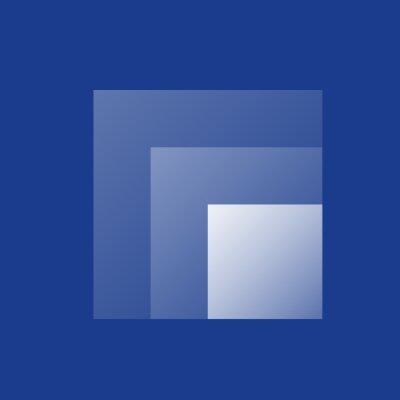From fair launch to attention capital market, Web3 AI primary market gameplay has ushered in major changes
Author: 0xJeff
Compiled by: Tim, PANews
In just one quarter, the Web3 AI field has directly switched from a fair launch model (Virtuals) to a medium-volume medium-FDV strategy model (i.e., attention capital markets).
Some Virtuals ecosystem projects and CreatorBid startup projects performed well in the early stages, but the attractiveness of the products gradually diminished over time. The rate of this decline is directly proportional to the size of the project, the timing of the team's launch, and the amount of money raised for product development.
According to previously shared, the core challenge faced by the Fair Launch team lies in the general lack of financial support before the token launch. Most teams cannot afford the cost of self-financing to guide development, and the fair launch model uses token transaction fees as the main source of income to drive project operations.
This doesn't solve the cold start problem, it's often one or two independent developers joining forces to launch a project, develop a roadmap, launch a demo version to generate community enthusiasm, and then issue tokens. The token price was hyped up until the bubble burst and the momentum was lost.
The only viable way is for developers to self-fund the launch of the product, gradually recruit teams, and eventually launch the minimum viable product (MVP).
At present, the market is showing two significant trends: the continuous decline in the attractiveness of the fair launch model and the insufficient supply of high-quality AI products have made the capital and market attention continue to shift. Medium-sized teams with FDVs in the $40 million to $80 million range and have been working on products for 1-2 years benefit from this. These teams have optimized the product to a near-scalable maturity stage.
Many spend months testing products, interviewing, getting feedback, and iterating on improvements.
This trend has been exacerbated by the rise of attention capital markets, where the changes taking place in the InfoFi space are turning noise into signals through capital commitments. The irrigation party has proved with practical actions that it is not just here to "skip airdrops", but has faith in the views expressed.
A good team consensus has been formed, and then we will see clearer data indicators to distinguish who is pulling wool and running to cash out, and who is the one who really trusts the project and the team and supports it with real money.
We are now witnessing the intense chemistry between Kaito and Cookie's initial launch.
Theoriq vs Almanak
The initial FDV of the Theoriq project is set at $75 million (a 50% discount from the previous round of VC valuation), and the token release rules are: 25% unlocked at TGE + 37.5% unlocked after 1 year + the remaining part is released linearly over the following year.
Almanak $90 million FDV, 100% unlocked. The top 25 Almanak users can invest at $75 million in FDV.
Theoriq's token terms are quite favorable (50% discount from the previous VC pricing), and the project team has adjusted the token vesting scheme to 100% unlock at TGE based on community feedback on improving the unlocking conditions for token generation events.
The FDV of the two projects is now $75 million and $75 million or $90 million, respectively. There is a high probability that they will perform well because this is the launch project of Kaito and Cookie (they need to pump the coin price higher to attract more quality teams to join).
The products being created by both teams have substantial value for the DeFi field, including scalable infrastructure and various applications, and are committed to attracting more users and funds to the chain.
Which project should I invest in? Why?
I voted for both projects. I have already invested in the Almanak Legion round and will make additional investments in this ACM round.
Almanak is better prepared and is expected to achieve product-market fit earlier than Theoriq.
Theoriq has demonstrated exceptional strategic ambition, with the team building vertical workflows for specific customers, continuously enhancing AlphaSwarm's functional system, and achieving a comprehensive demonstration of technical energy efficiency through the infrastructure layer. Its ultimate goal is to build a service discovery platform (or "app store") of choice for meta-agent scheduling systems, and realize an intelligent matching ecosystem that dynamically deploys the best proxy clusters according to user needs.
Almanak will focus on AI vault systems, which are secure, controllable, audit transparent, and verifiable: on the one hand, it is designed for institutional capital needs, and on the other hand, through the combination of smart contracts and professional program agents, supplemented by the most convenient interface experience, creators can expand and optimize more vault strategies.
The key to a project's good performance in the short term really depends on the GTM (go-to-market strategy) execution at launch, the ability of market makers to manage, and whether it can effectively absorb the selling pressure in the early stages of listing.
Overall, based on the performance of the project's launch, we may witness a new round of positive appreciation trend for KAITO and COOKIE (value derived from direct percentage airdrop income and an increase in staker allocation).
I'm very excited and looking forward to seeing more AI teams launch their new projects on Kaito and Cookie soon.
